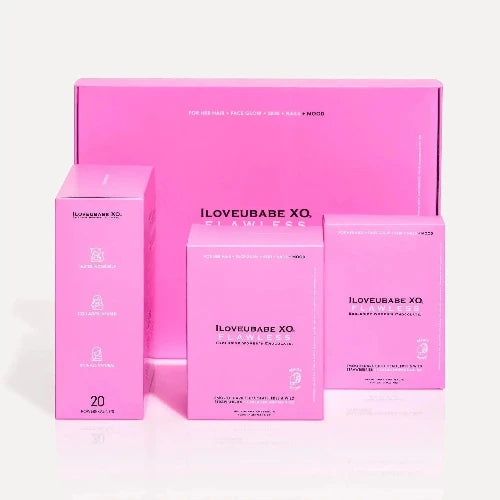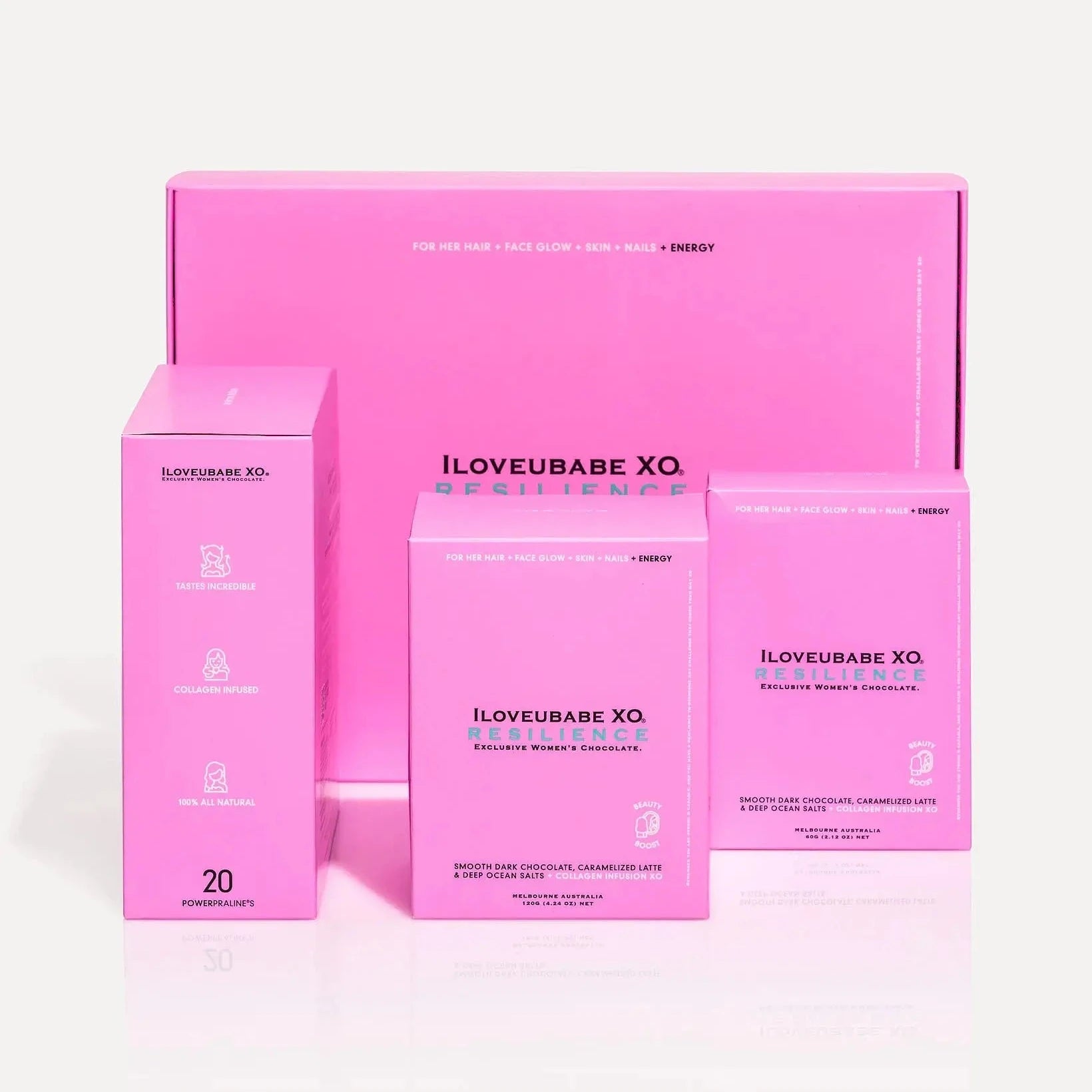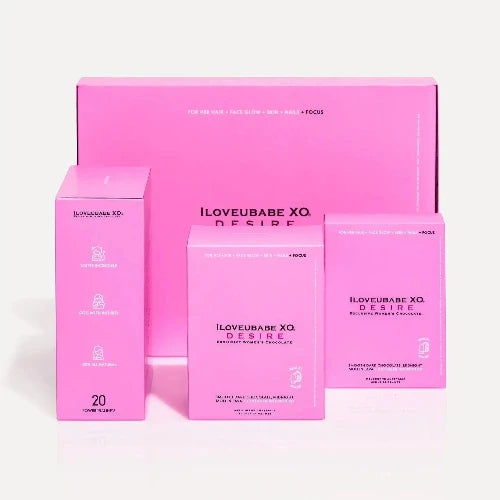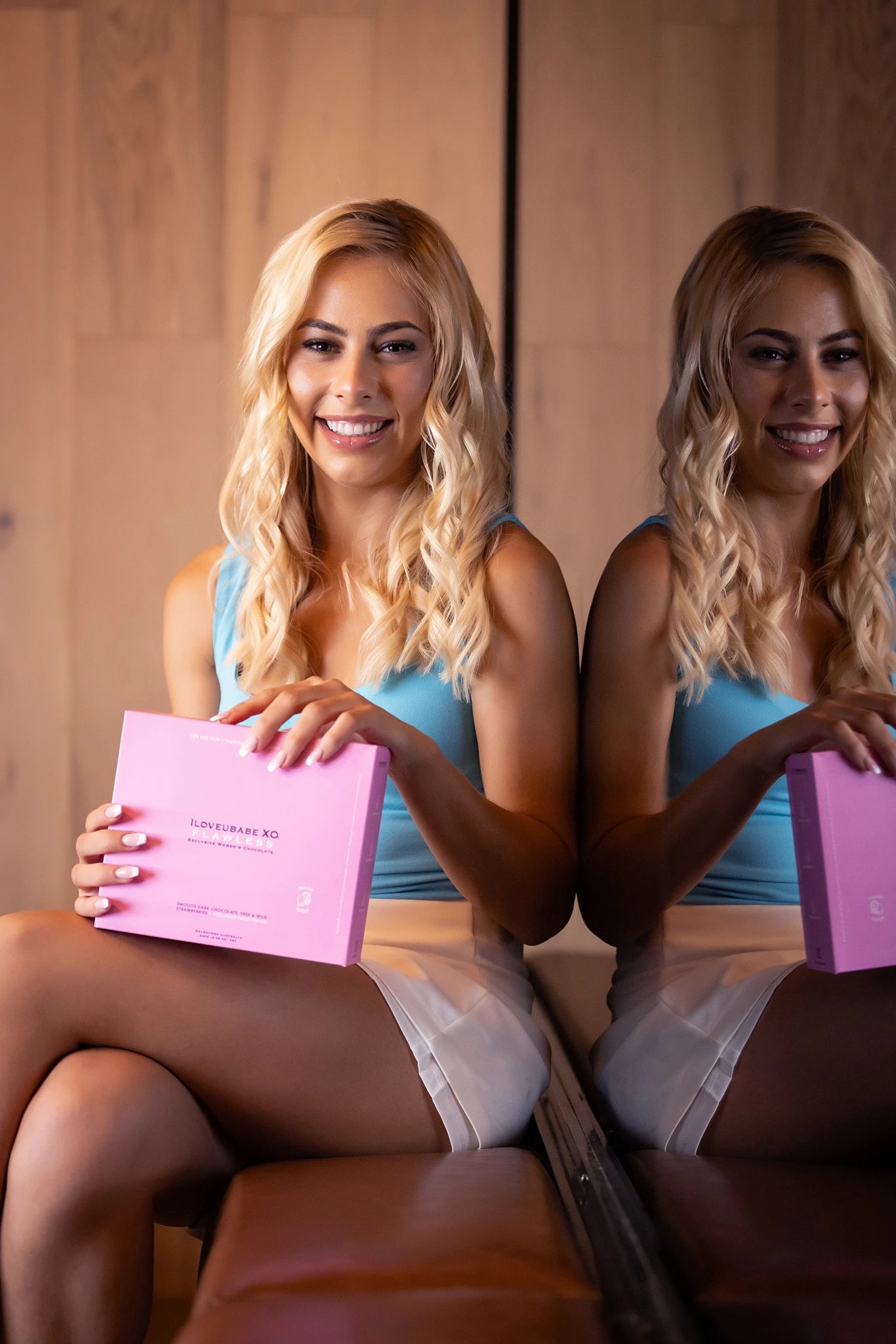
Chocolate Processing Methods: Aeration, Broma, Conching, Dutching, Tempering and More
Chocolate doesn’t just happen.
It’s the result of a whole bunch of behind-the-scenes steps that bring out the flavour, texture, and mood-lifting magic we all love. From the way cocoa beans are roasted to how chocolate gets its glossy finish, chocolate processing methods shape everything - the taste, the snap, and the melt.
This guide is your intro to the most common chocolate processing methods used in chocolate-making today. We’re keeping it light, simple, and skimmable. Each process has its own role to play in making chocolate smooth, creamy, or airy, and we’re obsessed.
Why Chocolate Processing Matters
Before it becomes your go-to treat or self-care snack, chocolate goes through a lot. Every step - from roasting to refining - helps bring out the rich flavours of the cocoa beans and gives chocolate its signature melt-in-your-mouth texture.
These chocolate processing methods aren’t just technical terms. They’re the reason chocolate can be fluffy, glossy, silky, or extra bold. Let’s walk through the main processes chocolate goes through before it lands in your favourite bar or gift box.
Aeration: For That Light, Airy Texture
What it is: Aeration is the process of adding air to chocolate to create a lighter, bubbly texture.
Why it’s used: Think Aero bars or mousse-style fillings. This method changes the mouthfeel, making chocolate feel light and airy instead of dense. It’s not just a texture thing - aerated chocolate melts differently too, which can change how you experience flavour.
Broma Process: Natural Cocoa Butter Extraction
What it is: The Broma process is a gentle, old-school way of removing fat from ground cocoa beans.
Why it’s used: It allows cocoa butter to naturally drip out of the nibs without chemicals or high pressure. What’s left behind becomes cocoa solids, and the butter can be used separately (called cocoa butter extraction).
The Broma method is less common now but still loved for its purity, kind of like slow-brewing coffee instead of hitting "start" on a machine.
Conching: Making Chocolate Silky Smooth
What it is: Conching is the process of continuously mixing, aerating, and kneading chocolate at a warm temperature.
Why it’s used: This is where chocolate loses its grittiness and gains its glossy, melt-smooth texture. It also softens any sharp or bitter flavours in the chocolate. Without conching, chocolate wouldn’t be nearly as luscious.
Dutch Process (a.k.a. Dutching): For Lower Acidity
What it is: Dutching treats cocoa with an alkalising agent to reduce its natural acidity.
Why it’s used: Dutch-processed cocoa tastes smoother and less bitter. It also dissolves more easily in liquids, making it ideal for baking, hot drinks, and anything where you want mellow flavour without tang.
Bonus: Dutch cocoa looks darker and richer in colour — aesthetic goals, basically.
Enrobing: The Coating Process
What it is: Enrobing coats a product (like fruit, nuts, or caramel) in a smooth, even layer of chocolate.
Why it’s used: It keeps fillings fresh, adds texture, and makes things look fancy. The enrobing machine handles this with precision so every treat looks uniform and glossy. Think of it as the chocolate version of dipping things in glitter.
Sugar Crust: A Classic for Filled Chocolates
What it is: This is when a crispy sugar shell forms inside chocolate around a liquid centre.
Why it’s used: That sugary crust helps trap gooey fillings like liqueur or caramel without everything leaking out. It’s a bit old-fashioned, but still used in some European chocolate-making styles today.
Tempering: That Glossy Finish & Signature Snap
What it is: Tempering is the process of heating and cooling chocolate to control how its cocoa butter sets.
Why it’s used: Properly tempered chocolate looks shiny, holds its shape, and snaps when broken. Without tempering, chocolate can turn dull, streaky, or crumbly - not the ILOVEUBABE XO look.
This process is especially important when working with real cocoa butter, since it controls the way it crystallises.
Winnowing: Separating Shells from Nibs
What it is: Winnowing removes the outer shell from roasted cocoa beans, leaving behind the edible part - the nibs.
Why it’s used: Clean nibs are the foundation for good chocolate. The nibs are what get ground down into chocolate liquor (the base for everything), and the shells? Compost or animal feed.
Refining: Making Chocolate Feel Luxurious
What it is: Refining grinds chocolate into smaller particles, usually less than 30 microns in size.
Why it’s used: Smaller particles mean a smoother texture, so unrefined chocolate can taste grainy. Refining gives chocolate that luxurious mouthfeel that melts, not chews.
Think of it as the exfoliation step of chocolate processing.
Roasting: Where Flavour Comes Alive
What it is: Roasting is where raw cocoa beans are heated to develop deeper, richer flavours.
Why it’s used: It brings out the chocolatey notes and reduces bitterness. Roasting times and temps vary based on cocoa bean variety, but it’s always one of the most important steps for flavour development.
Grinding: Turning Nibs into Chocolate Liquor
What it is: Grinding is the step where nibs are crushed until they become a thick, rich paste known as chocolate liquor.
Why it’s used: This paste forms the base of all chocolate products. From here, chocolate makers can separate out the cocoa butter, add sugar, milk, or other ingredients, or go straight into conching.
Every Step Has a Purpose
Chocolate is made up of more than just cocoa, sugar, and love. Every chocolate processing method plays a role in getting the texture, flavour, and finish just right.
Whether it's the airiness from aeration or the sheen from tempering, each method shapes the experience you get when you bite into your favourite bar or unwrap a chocolate treat.
Shop Collagen Infused Chocolate Gift Boxes
FIND HER PERFECT GIFT NOW
Guilt-Free Chocolate That Tastes Incredible XO












